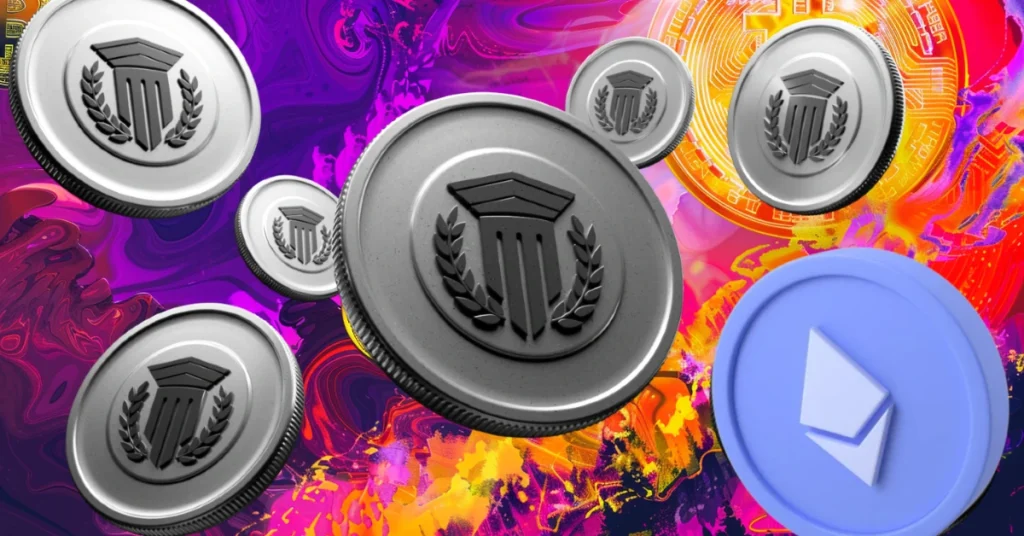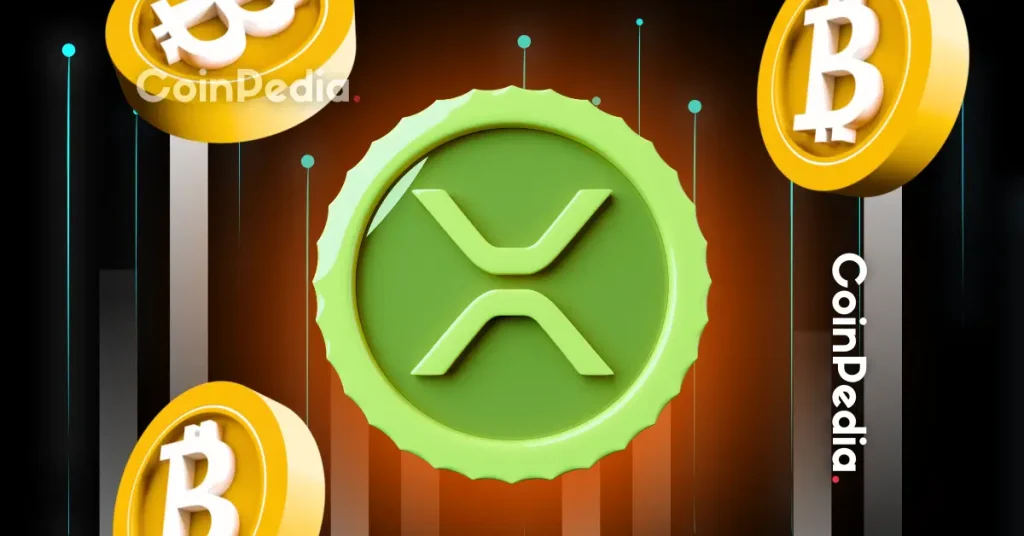
The International Monetary Fund (IMF), the United Nations body that effectively acts as the world’s lender of last resort, and the Bank for International Settlements (BIS, the central banking organization above governments) each released their own reports last week on the future of the monetary system. Both reports mentioned cryptoassets (virtual currencies) and central bank digital currencies (CBDCs), and were overall positive about the potential for tokenization.
Not only large international organizations. “Tokenization is the killer app of traditional finance,” said the head of JPMorgan Chase & Co.’s Onyx digital asset platform in April this year. Goldman Sachs has also announced that it is considering “tokenizing real assets,” and a report recently released by investment firm Bernstein said that “tokenization is worth $5 trillion.” Chance.”
CoinDesk Chief Content Officer Michael J. Casey said in March that technology will move real-world tokenization from “closed, permissioned projects to public, permissionless blockchain platforms.” He pointed out that it had moved, suggesting that this time something might change.
Related article: Is Real Assets (RWA) Tokenization Finally Coming?
The Killer App of Tokenization
Either way, the IMF and BIS reports provide interesting insight into how bureaucrats view crypto assets. Both reports share the idea that tokenization is the killer app for crypto assets.
The BIS said, “Monetary systems are currently in a period of great leap forward. After dematerialization and digitization, the next important development is tokenization. The process of digitally expressing rights on a programmable platform. ” he claims.
Simply put, dematerialization and digitization have both done wonders for the global economy and commerce. Dematerialization means that all transactions are recorded by entering them into a ledger without the need to move paper bills. On the other hand, digitization is the transfer of input to the ledger from paper to digital. Furthermore, tokenization, as BIS puts it, is an advanced idea of “the process of representing rights digitally on a programmable platform.”
Well, let’s look at it again. Slowly this time.
Tokenization is the process of digitally representing … rights on a programmable platform.
hang on! What does this mean?
Digitization, Tokenization?
The digitization of the monetary system is clearly a digital representation of financial rights. So does tokenization mean that fintech companies operating programmable platforms are the next big thing? Is it tokenization?
No, it’s not. Tokenization, according to the IMF and BIS, means that rights are traded on a programmable platform. When blockchain is involved, such rights are likely to be represented as “tokens.” A token is not simply a digital entry on a database. Rather, a token is a record of an underlying asset that normally resides in a traditional database, integrated with the rules and logic that govern the process of transferring that asset.
For example, for a homebuyer, tokenization might mean that the deed of deed is represented as a token on a blockchain such as Bitcoin or Ethereum. Instead of denoting who owns the house by deed transfer, it is represented by token transfer. Tokenized real estate is certainly on a shaky foundation at the moment.
Of course, the “rules and logic that govern the asset transfer process” can also exist on token platforms, but the moment legal documents and legal procedures govern some aspect of ownership, the use of tokens representing that property is The whole case becomes worthless.
Given the actual content of the IMF and BIS reports, financial institutions appear to be less interested in tokenizing commodities and real estate, and more interested in tokenizing Central Bank Digital Currencies (CBDCs).
What is being done now?
First of all, CBDC deserves a broader discussion than this article covers, but let’s focus here on CBDC only from a tokenization perspective. The best way to show where central banks stand on CBDC tokenization is to quote directly from the IMF report.
“To make a payment, a participating bank deposits a reserve into an escrow account and the platform creates a digital certificate of the escrow that the bank can transfer on a ledger between other participants. In the simplest case. , the receiving bank receives the tokenized reserves from the sending bank and deposits them in parallel to the receiving account, after which the receiving bank distributes the tokenized reserves to other participants on the platform. It can be sold and exchanged for domestic reserves.It has many uses beyond simple settlement.”
A central idea that connects the IMF and BIS reports on CBDC tokenization is the existence of a single or unified ledger. These organizations have a great distrust of funds outside the central bank, so centralized power must be created to ensure stability of payments and the “singleness of funds.”
The BIS defines this unified ledger as “a ‘common place’ where money and other tokenized items come together, enabling seamless integration of transactions and opening the door to entirely new types of economic arrangements.” ing.
Tokenization is a blinding
I don’t know what, if anything, will come out of this discussion, research, and consideration of tokenization. Many countries are researching CBDCs, but only a few have implemented these systems.
One thing is certain: the technical complexity is dizzying. If the IMF, BIS, and similar organizations want to create a CBDC with a single, unified centralized ledger, they don’t need to pretend to use cryptocurrencies to do so. . Confusing CBDC tokenization with something like Bitcoin (BTC) is misguided.
In other words, a misunderstood yearning for a technology-driven monetary system. Worse, they dishonestly and deliberately turn a blind eye to the fact that bitcoin and crypto-assets are not attractive because they are digital, but attractive because there is no centralized control. Centralized control is exactly what central banks and regulators are trying to impose.
Merely waving the flag of innovation does not lead to actual innovation. Tokenization is hardly an improvement over what financial institutions are already doing. It’s blinding. It means nothing.
|Translation and editing: Akiko Yamaguchi, Takayuki Masuda
|Image: christianthiel.net / Shutterstock.com
|Original: Step Aside ‘Blockchain Technology’, IMF and BIS Have a New Crypto Buzzword
The post What is the next crypto asset buzzword that the IMF and BIS will use a lot instead of “blockchain”? | CoinDesk JAPAN | Coin Desk Japan appeared first on Our Bitcoin News.

 2 years ago
180
2 years ago
180














 English (US) ·
English (US) ·